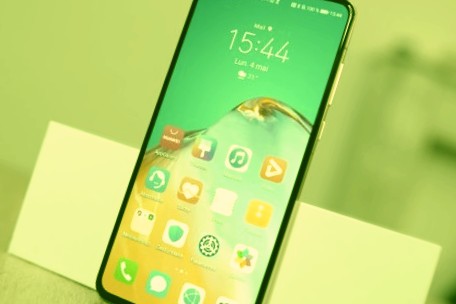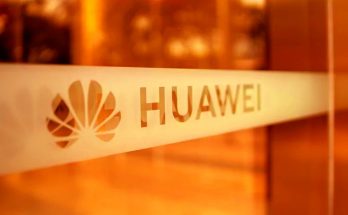Still caught up in the trade war between the United States and China, Huawei has decided to pick up the pace towards software independence and could launch a first smartphone under Harmony OS – its own operating system – from here at the end of the year.
Even though the manufacturer managed to emerge as the world’s largest smartphone vendor in the last quarter, ousting the unbeatable Samsung from first place, the brand still has many challenges to overcome to establish itself permanently. Huawei is still embroiled in the trade war between the United States and China, and is still forced to deliver its new smartphones with its Huawei Mobile Services, which prevents it from using Google Mobile Services and the California giant’s applications. The U.S. restrictions are so restrictive that they even prevent the brand from ordering in mobile chips , Finally, a few days ago, the temporary license granted to Huawei to ensure software tracking of its old smartphones was finally revoked, forcing the brand to maintain Android updates itself thanks to the open-source community.
Toward software independence
This is beginning to create a lot of constraints for the manufacturer, which has decided to step up its efforts to achieve software independence. According to the Global Times , Huawei will soon launch a smartphone equipped with Harmony OS , its home operating system alternative to Android. This smartphone, which would initially be reserved for China, could land by the end of 2020.
However, this news remains very obscure. First Harmony OS was anticipated as a replacement for Android, then it was described by the brand as an operating system meant for connected objects. However, a Chinese leaker said a few days ago that this OS – called Hongmeng OS 2.0 in China – could land on a branded computer very soon, perhaps to replace Windows. This could be a large-scale test before Huawei decides to integrate Harmony OS into its smartphones, in China and then around the world. It is now up to Western users accustomed to Google – or Apple – services to convince them of the viability of such a solution.




